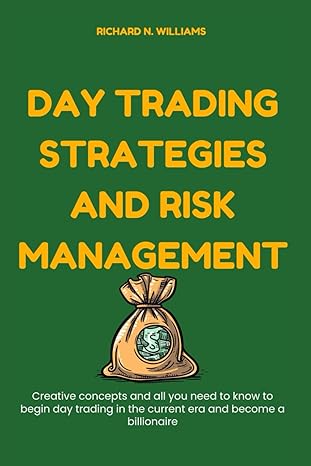Question
A new dry-cleaner started to give service at one of the most crowded shopping center of the city. When people come to shop or cinema,
A new dry-cleaner started to give service at one of the most crowded shopping center of the city. When people come to shop or cinema, they generally want to evaluate this time to give their clothes to clean. Cleaning process can have different service times depending on the service the owners want. The dry-clean center is in trouble especially on the weekends because the number of customer in the shopping center increases on the weekends when compared to working days. The dryclean center has normally two washing area. However, one of the machine was broken and out of service. Thus, the owner of the center needs to generate a new solution to give better service to all customers with restricted resources. As mentioned above, the service times of the cleaning can change. That's why; the owner of the center wants to learn how the performance measures of his center will change under different queue disciplines (FIFO, SPT, and LIFO). The probabilities of the time between arrivals and service times are given in the tables. As an industrial engineer, please help to the owner to find the answers of his questions listed below. Time Between Arrivals (min) Prob. 20 0.30 50 0.10 70 0.20 90 0.40 Service Times (min) Prob. 80 0.150 100 0.450 120 0.275 150 0.125 1) Determine entities, activities, events, and delays of the system. 2) Calculate the interarrival and service times of the first 10 customers respectively using the given random digit table. You can use the table first up to down then move to the right. Assume that shop opens at time 0, but there is no customer in the system when the time shows 0. 3) Prepare the manual simulation tables for three different queue disciplines (FIFO, SPT, and LIFO). 4) Calculate the listed performance measures of the center for three different queue disciplines one by one. a) What is the average waiting time for a customer? b) What is the probability of a customer has to wait in the queue? c) What is the probability of a idle server time? d) What is the average service time? e) What is the average time of those who wait? f) What is the average time customer spends in the system? 5) What are your judgments about the performances of the system under different queue disciplines? Table 1. Random Numbers GOOD LUCK:) 87247 88478 90510 35474 478454 70125 37102 24587 05491 51474 78228 15991 32433 00837 22313 63987 74146 77700 25141 85647 22345 47085 99214 55822 99547
Step by Step Solution
There are 3 Steps involved in it
Step: 1

Get Instant Access to Expert-Tailored Solutions
See step-by-step solutions with expert insights and AI powered tools for academic success
Step: 2

Step: 3

Ace Your Homework with AI
Get the answers you need in no time with our AI-driven, step-by-step assistance
Get Started


